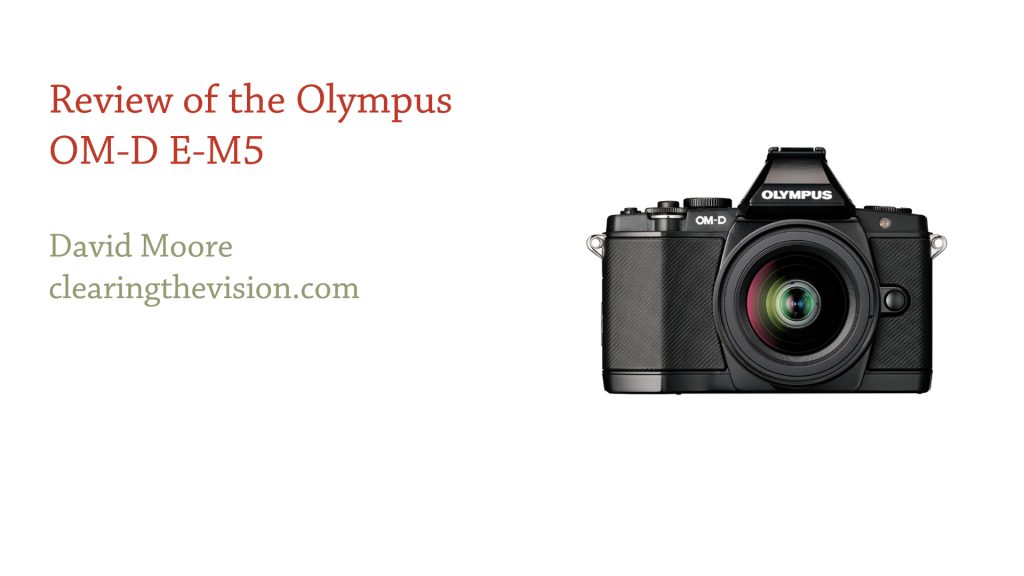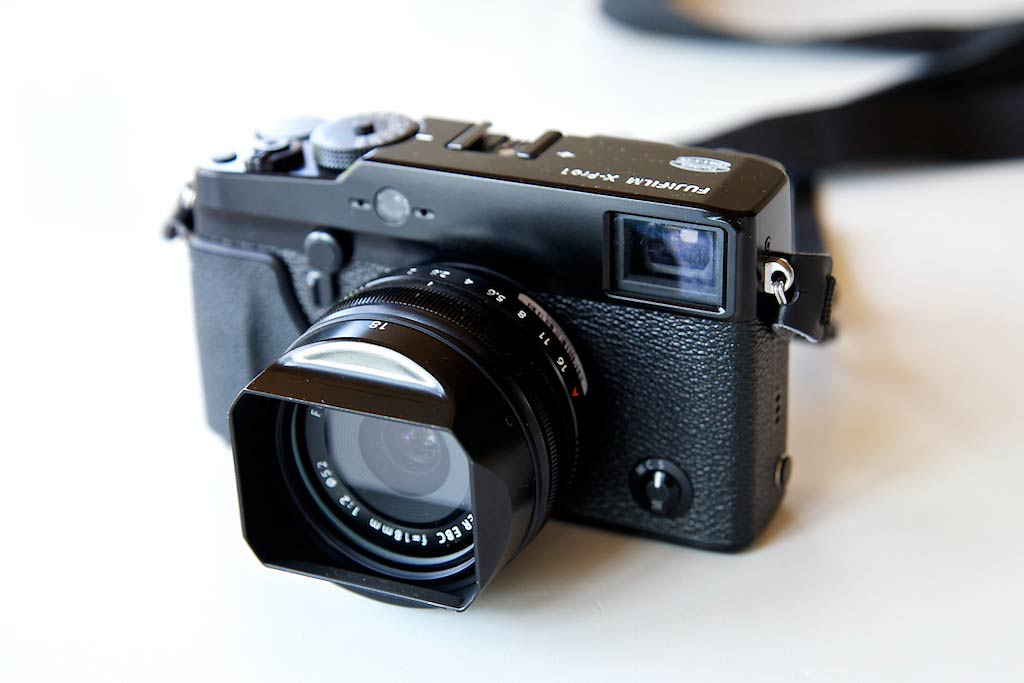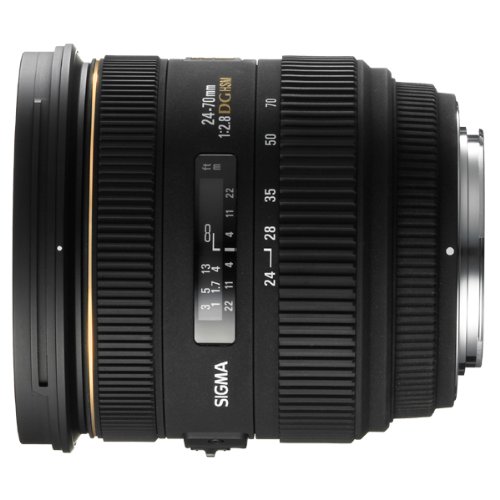Long-standing readers (hello, Mum) will remember my dalliance last year with the lovely and frustrating Fuji X-Pro1. I eventually gave up on it, and bought the loyal but it turns out unexciting Olympus OMD E-M5 as a replacement.
Now as I look at the camera on my desk, it’s clear I should have waited (or at least kept the lovely fuji lenses when I sold the X-Pro1). Fuji’s widely-praised commitment to firmware updates has improved the performance of their cameras, and there was something I couldn’t shake about them that now sees me as the happy owner of a Fuji XE-1.
There are 2 stories here and here’s the brief version of them both.
Story 1 – Why the Olympus OMD didn’t end up winning my heart
The Olympus OM-D E-M5 is a very capable camera with a bunch of great features. Image stabilization in the body is a great idea, the correct implementation of Auto-ISO (where you can set the minimum shutter speed) should be a given at this point, the tilting touch-screen and face recognition are also very handy, and a blazing autofocus was very welcome after the sedate X-Pro1.
I said these things and more in my review, where I also mentioned one of my key problems – the difficulty creating a narrow depth of field. On several shoots this year, I used my Canon 5DII and also the Oly – either with the Panasonic LUMIX G 20mm f/1.7 for the wider shots, or the Olympus ED 45mm f/1.8
for the tighter ones. They’re both good lenses, but when I looked through the images, very very few of the Olympus ones ended up as my selects, due partly to its wide depth of field under most circumstances.
I know I knew this going in, and it’s my problem the camera doesn’t do what I wanted it to do when it never said it would, but if I’m not happy with the results, then why keep it around? The images also seems a little flat – no amount of Lightroom tweaking could give me the look I wanted. They weren’t technically bad, they just didn’t grab me.
So it was something like the reverse of the problem I had with the Fuji X-Pro1, which was frustrating to use, but produced intermittently amazing images. The Oly was very easy use, but produced consistently slightly flat images (to my eyes, and based on my style of shooting – which is of course all I can say).
I also found the lenses to be a little plasticky, with the result that the whole experience was of a system that was eminently practical just not very inspiring. Comparing my photos from England and France last year (taken with the Fuji) with this year’s Canadian images (from with the Oly) there was something about the Fuji’s output that I liked better.
Story 2 – the return of the Fuji
In the autumn I started a new job (though I’m still doing plenty of photography), and was anticipating not needing to make as much money through my photography. (In fact, I’ve the busiest few months with a camera in ages – which I guess proves something, but I’m not sure what.) With that in mind, I felt under less pressure to be completely practical with my gear decisions, and could indulge myself a little. So when I saw a great price on a used Fuji X-E1 and 18-55mm lens, I went for it – keeping the Olympus at the time in case I’d made a mistake again.
It felt good to be back in the Fuji fold, and especially with the recent firmware updates, the X-E1 is a better camera than the mid-2012 era X-Pro1 I sold (although of course, with the firmware updates the XPro1 is a better camera now than it was then). I enjoyed the feel of the camera, and the auto-ISO updates are in particular very welcome.
As a walk around camera, especially in good light, it’s very pleasing to use, and following the example of Fuji shooters like Zack Arias and David Hobby, I’ve been experimenting with just shooting JPGs.
I’ve been keen to get out of the office during the day at my new day job, and grabbing the camera as I go for a stroll has been rewarding. The feel of the body and the quality heft of the lenses (I added a used 35mm f.1/4 quickly) is valuable to me.
Not everything in the garden’s rosy
Several times however, I’ve been reminded of the XE1’s shortcomings specifically around slow focus speed in poor light. As any self-respecting 8 year-old will do, my daughter got up at around 6.30am on Christmas morning, and I grabbed the Fuji and my 5D II (with the lovely Sigma 35mm f/1.4 attached) to document the present opening in the morning twilight.
I quickly gave up on the Fuji (with the XF 35mm f/1.4) as it just couldn’t focus at all reliably. And the speed to write an image that you did manage to get was so slow, you missed the next great reaction shot as the the EVF went black.
Today, I shot a family session with a couple of very active kids aged 5 and 8. It was indoors in an averagely dark living room, and again the XE1 had trouble focussing (although I put in on the 3fps burst mode to counter the slow response time).
I know more recent lenses are faster, and the Fuji X-E2also speedier, but it’s still disappointing as I was hoping the X-E1 could at least complement my now-aging 5D II setup, which still performs more quickly and reliably in dim conditions.
X-T1 to the rescue?
Having used the OMD for a year, before returning to Fuji, I’d come to the conclusion that if you could combine the ease of use and snappy AF of the Olympus OMD-EM5 with the ergonomics and image quality of the Fujis, you’d have a camera to rival DSLRs. And now, it seems, Fuji might have done it with the Fuji X-T1. It even looks like a cross between the Oly and the previous Fujis. Faster AF, and much faster (and bigger) EVF – this could work for me.
In all my roundabout travels through the mirrorless worlds, I’ve been trying to end up with a camera small enough to carry around all the time with me (and bring travelling when I don’t want to be laden down) that could also double as my second camera when I do paid shoots.
It would have been much easier just to have bought another Canon body for the paid jobs if I was prepared to sacrifice some performance with my walk around camera (or just bring one of the Canons with me everywhere, like I used to). Expecting a smaller camera to perform like a pro body was always too high a bar for whatever mirrorless system I was using at the time.
Maybe it still is. We’ll soon see – the X-T1 is on order. But until it arrives, I’m (most of the time) happy to be back in the X fold with the X-E1 – and that’ll do for now.









